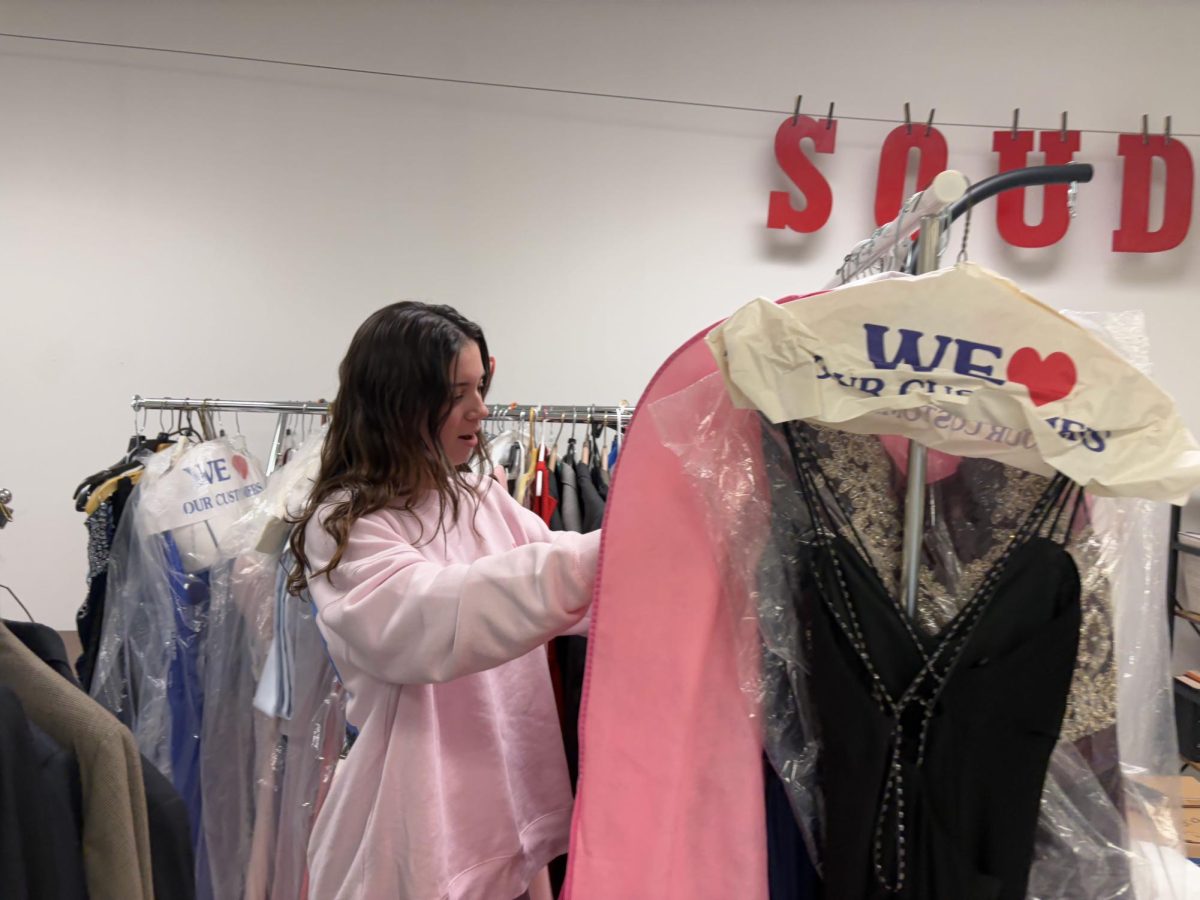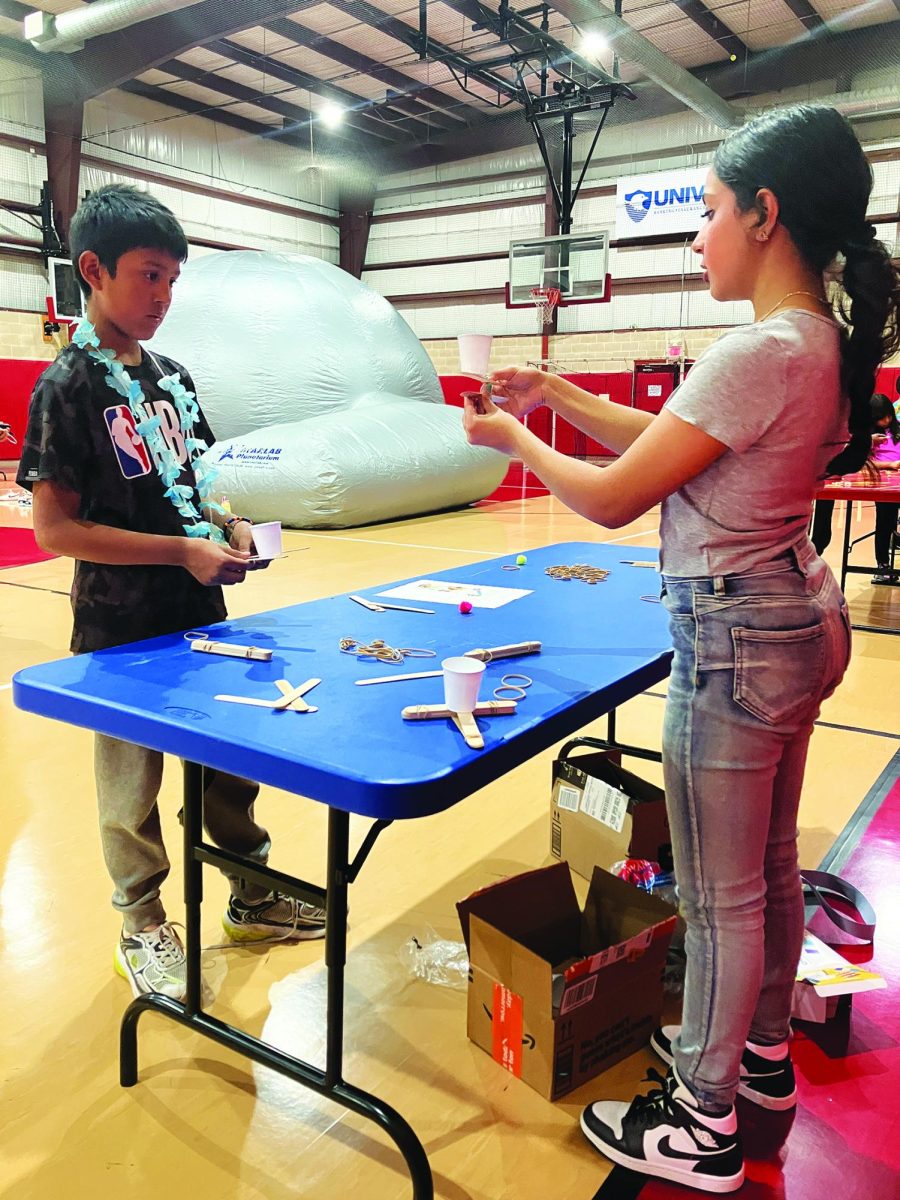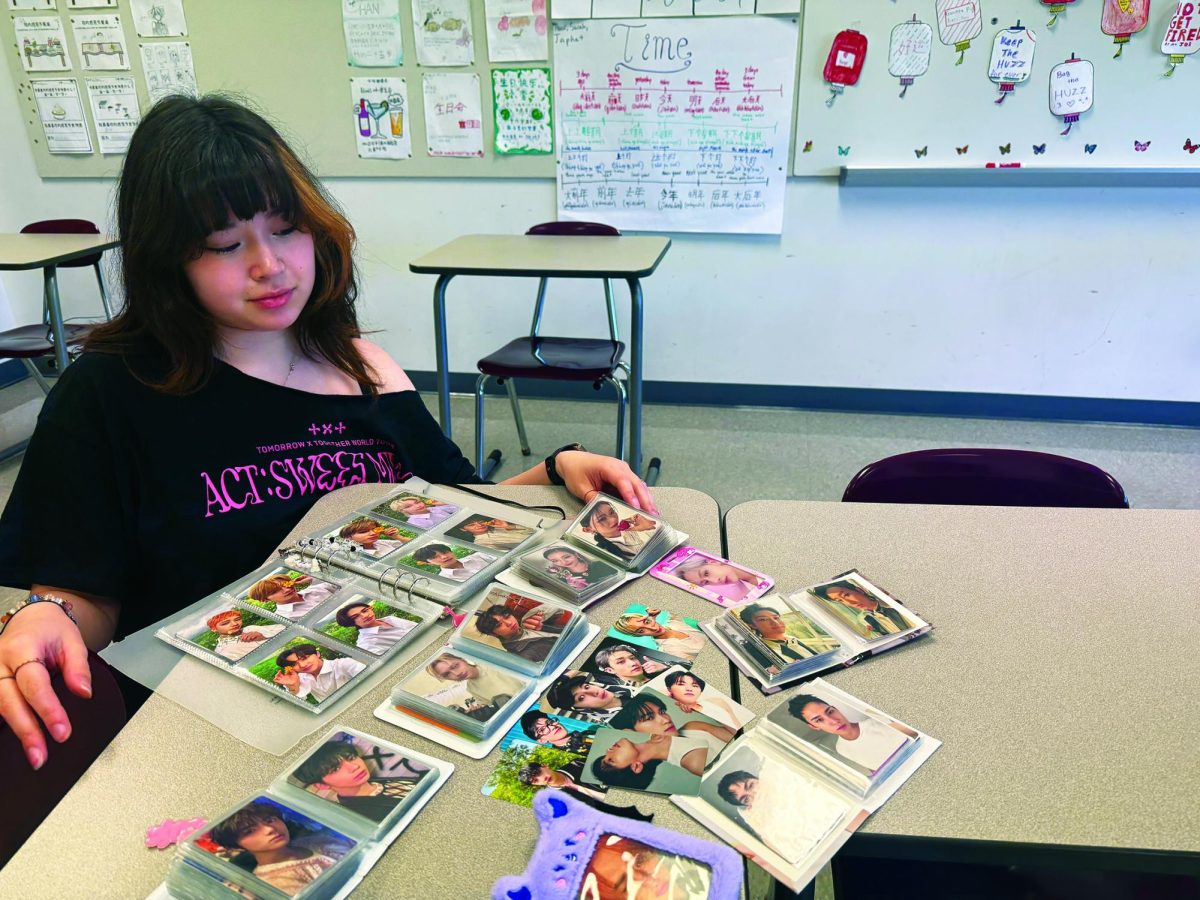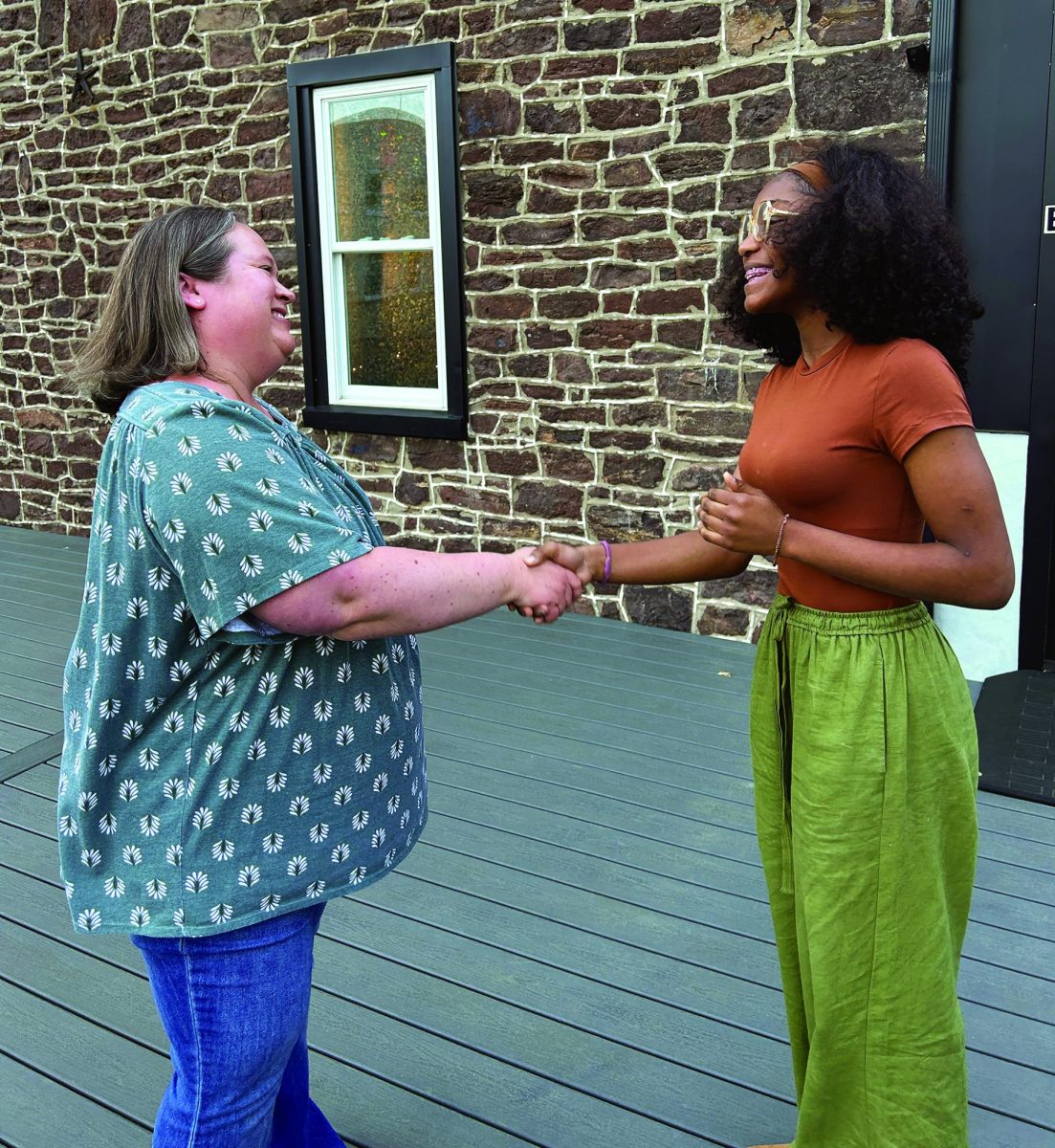To make school dances more affordable, students can browse through dresses in room A113, where they can grab a dress for free.
Special education teacher Margaret Bialowas organizes this event.
There are racks filled with numerous dresses to pick from and also suits for boys to wear. Students are more than welcome to look through them and have the opportunity to take them home.
Bialowas collects dress donations to prevent students from missing school dances because they may be unable to afford the dress.
“If kids are struggling to afford all the stuff that goes along with the dance, I would love to take that off their plate,” Bialowas said. “All they would have to pay for is the ticket.”
Along with Bialowas, students can wear more than just dresses. Shoes, jewelry, accessories and purses are also available.
Bialowas hopes to expand her current selection so that students can have a more significant impact on securing items they may not be able to afford.
“That would be ideal as you could come in here and get everything from head to toe,” Bialowas said. “They just have to worry about hair, makeup and the ticket.”
It does not just stop at school dances; Bialowas encourages students to use the dress donations as a chance to wear something for job interviews, graduation day, Bat Mitzvahs, parties, etc.
Bialowas has a flexible system. Students can bring home multiple dresses to try on at home. They can then return the ones that do not work and use the one that does.
“The dress they end up wearing, if they want to keep it, they can,” Bialowas said.
A few years before Bialowas’s dress donations, the Future Business Leaders of America (FBLA) conducted a similar project called the Cinderella Project.
According to business teacher Maria Halteman, it was a nationwide event, and the high school turned it into a fundraiser so students could purchase inexpensive dresses.
To obtain dresses, they sent notices to local organizations, department stores and community members. Halteman described the process as “snowballing,” as they received around 300 dresses.
Bialowas takes a similar approach, going to yard sales, contacting neighbors and teachers and bringing in her family’s dresses.
Family and consumer science teacher Tara Weismantel has donated dresses to Bialowas and has a history of her own with dress donations.
“We saw that there was a need for our formal dances, so I made a closet in my classroom,” Weismantel said.
Bialowas and Weismantel have a connection in donating dresses because they are both advisors for student government.
“I think it is always because we run the dances,” Weismental said.
According to junior Jackie Lee, as she was browsing through the rack of dresses, she felt it was a wonderful cause due to prom dresses ranging anywhere from “$100 to $700.”
“With the dress donations at our school, it reduces the stress of finding an affordable dress for any of our dances,” Lee said. “With the dress donations it makes finding a dress so easy.”
The racks have many “varieties,” as Lee noticed all the different styles, colors and sizes. Lee believes it is perfect because it fits everyone’s style.
Dresses that serve a purpose more than looks
Helping students to afford dance attire, the Souderton community is donating dresses for students, free of charge. Room A113 currently has multiple dresses to peruse.
Dozens of options… Browsing through dresses, junior Jackie Lee looks through all the donated dresses available. The attire is in room A113, where students can choose dresses to go to school dances for free.
0
More to Discover






